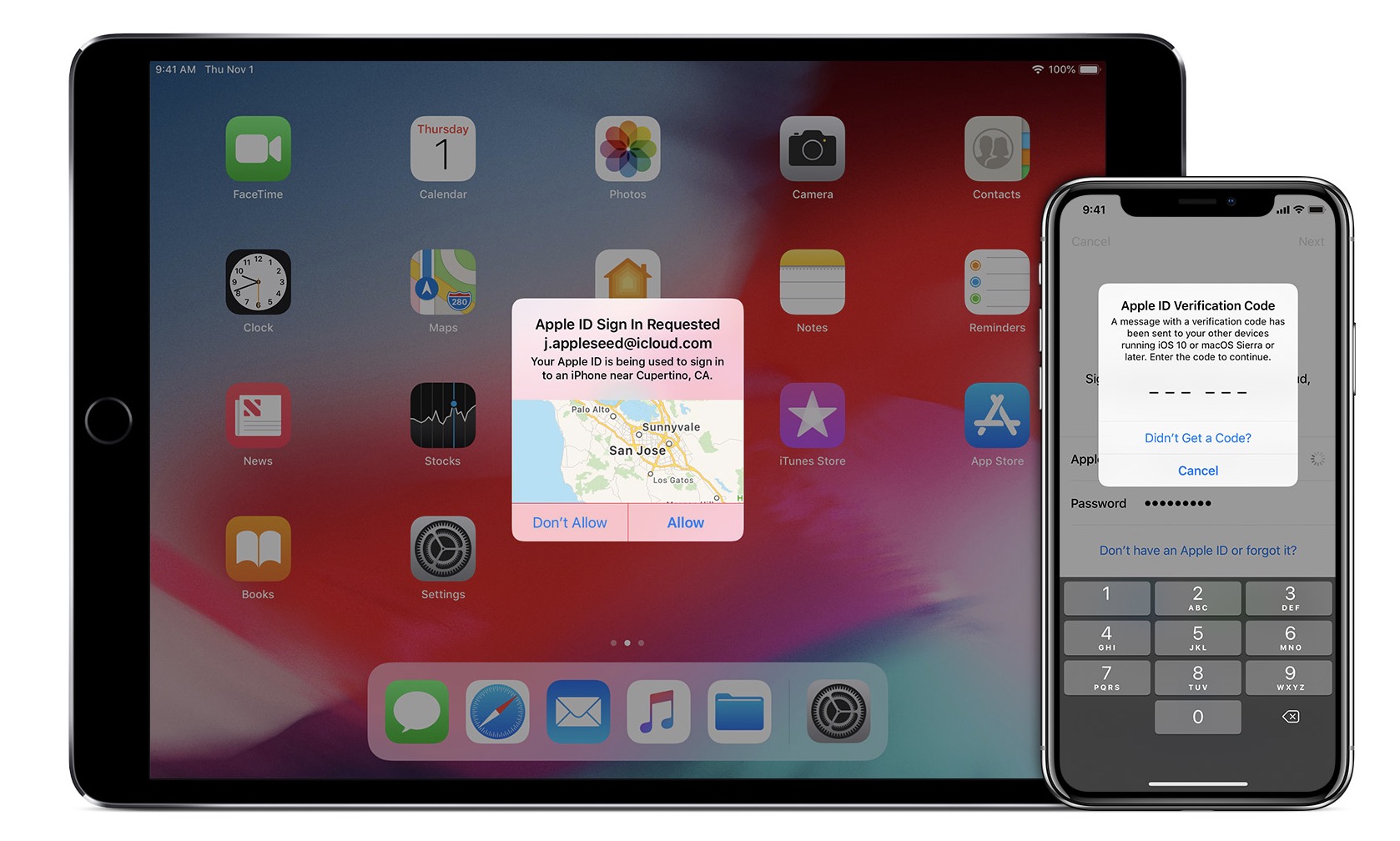Apple’s 2FA Might Be a Nuisance (But You Need to Turn It on Anyway)
 Credit: PC World
Credit: PC World
Toggle Dark Mode
Two-factor authentication (2FA) is one of the best ways to protect your internet accounts. With 2FA, each time you attempt to sign into an account, you’ll enter your password and then you’ll receive a second security notification. It’s usually a text message with a 6-8 digit code that must be entered into the source website. Although, Apple’s version is a little different.
- After trying to log into your Apple account (whether it be logging into iCloud.com or setting up a new phone), you’ll receive a prompt on another device that’s logged into your iCloud account.
- It’ll tell you that someone is trying to log in to your iCloud account, and it will also tell you the approximate location they are trying to log in from.
- You can click Allow or Don’t Allow, depending on whether or not it’s actually you trying to gain access. If you allow the attempt, you’ll then be prompted with the six-digit code to enter on your other device, and then you’re in!
If allowed, access can be granted in a matter of seconds; but what if you don’t have another device with you? Well, you can then have Apple text you the code. What if you don’t have your phone with you? Or even worse, what if you have changed your phone number since you initially set up 2FA?
That’s a frustration I’ve seen people experience and, apparently, so has Jay Brodsky – so much so that in February of this year, he filed a lawsuit against Apple claiming that two-factor authentication takes too much time.
Brodsky claims that Apple’s version of two-factor authentication takes too long and is causing “harm” and “economic loss” to “millions” of users. However, Brodsky brings up a few points that lead to his lawsuit. Some of the claims he makes are listed below:
- Apple turned on two-factor authentication without his approval.
- 2FA takes too long to set up.
- It’s too difficult to use.
- It can’t be turned off after using it for 14 days.
- Logging into a device can take up to 5 minutes.
Your first thought may be to not use it, or simply turn it off – I think we can all agree that any form of secondary verification can be an inconvenience, but it’s always worth it in the long run.
Having an extra layer of protection is critical, and the fact that Apple lets you know where the attempted log-in is coming from is an even bigger help when deciphering if your account is being misused.
However, Brodsky’s correct in the fact that you only have a 14-day “trial” period, but that should be enough time to determine if you want to use 2FA. Once that 14-day window has passed, you can not reverse course.
While the payout he’s looking for isn’t clear, the lawsuit itself has been posted online. You can check it out here. Brodsky has requested a full Jury trial, so stay tuned for more details as they emerge.
No matter what Brodsky’s lawsuit claims, it’s a good idea to turn on two-factor authentication (if you haven’t done so already).
Learn More: 4 Ways to Browse the Internet Anonymously on Your iPhone







